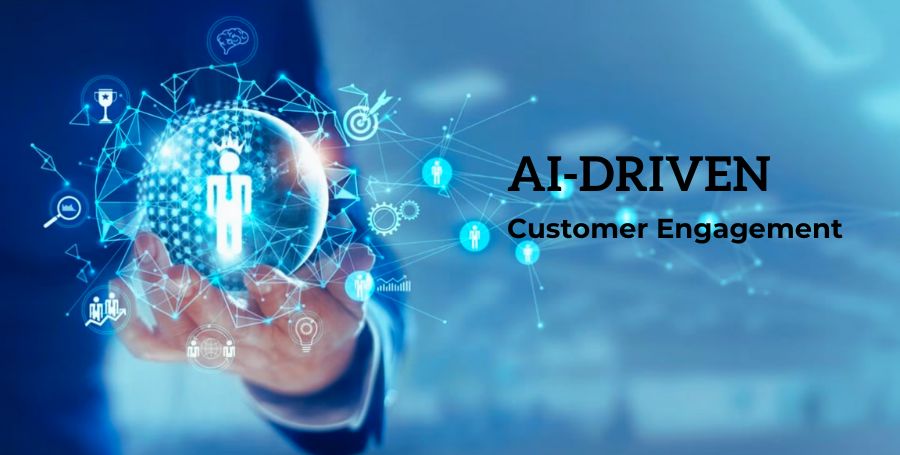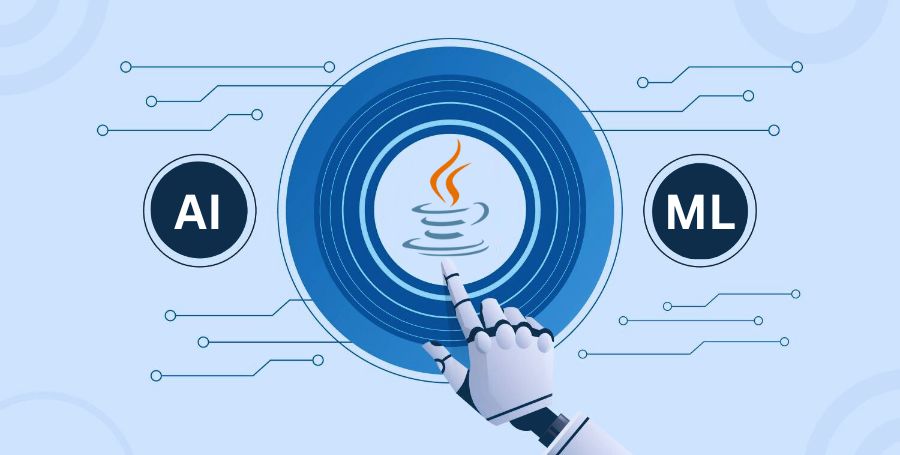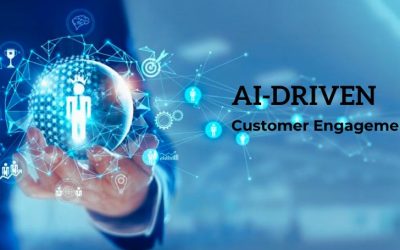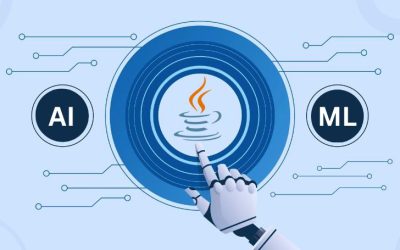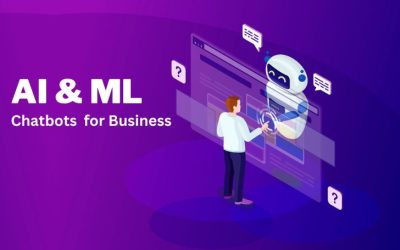As AI becomes increasingly coordinated into dynamic cycles across different enterprises, the need to construct and maintain trust in AI frameworks becomes central. Trust is the cornerstone of effective AI reception, affecting client acceptance, authorized purchase, and viability in general. In this extensive investigation, we will dig into techniques for building trust in an AI-driven direction, tending to key contemplations and giving significant experiences to associations exploring the perplexing scene of AI execution.
Key Features of AI Frameworks
Logic and Interpretability
- Cultivate simple to-utilize interfaces that show the thinking behind AI decisions unquestionably and reasonably.
- Use procedures like LIME (Local Interpretable Model-agnostic Explanation) and SHAP (Shapley Addictive exPlanations)
- Execute tooltips or pop-ups inside AI applications to give second explanations of terms, decisions, or assumptions, supporting clients in understanding complex man-made brainpower yields.
Model Documentation
- Remember specific nuances for model documentation as well as layman’s outline to non-specific partners.
- Consistently update and keep up with model documentation to guarantee precision and importance over the long haul.
- Carry out adaptation control for AI models to follow changes and guarantee straightforwardness in the development of the model.
Easy to use Connection Points
- Lead usability testing to ensure connection points are natural and open to customers with varying degrees of specialized skills.
- Integrate intelligent components, for example, tooltips or directed visits, to help clients explore and comprehend AI-driven interfaces.
- Permit clients to give criticism straightforwardly inside the connection point, encouraging a feeling of commitment and joint effort.
Building trust in artificial intelligence requires an essential methodology that consolidates a scope of best practices. As associations progressively depend on artificial intelligence for direction, guaranteeing trust and straightforwardness becomes central. Here are key techniques to cultivate trust:
Transparent Frameworks
Logic and Interpretability
Straightforwardness is a basic part of building trust in artificial intelligence. Associations ought to focus on creating artificial intelligence frameworks that are logical and interpretable. Clients and partners need to comprehend how AI shows up at explicit choices. Strategies like model interpretability and giving reasonable clarifications to AI-driven choices add to building straightforwardness.
Model Documentation
Keep up with careful documentation of artificial intelligence models, enumerating the preparation information, calculations utilized, and the dynamic cycle. This documentation supports interior comprehension as well as lays out an establishment for outside reviews and administrative consistency. Straightforward model documentation incorporates trust by giving permeability to the AI framework’s internal operations.
Easy to use Connection Points
Plan UIs that current AI-driven experiences reasonably and openly. Natural perceptions, effectively justifiable dashboards, and easy-to-understand interfaces add to building trust by guaranteeing that clients can fathom and approve the data given by artificial intelligence frameworks.
Moral Contemplations
Reasonableness and Inclination Alleviation
Addressing bias in AI models is fundamental to building trust. Associations should take measures to identify and alleviate predispositions when preparing information and calculations. Reasonableness evaluations, continuous observing, and mediation to address inclinations add to making AI frameworks that are seen as fair and unprejudiced.
Moral Rules and Principles
Lay out clear moral rules and norms for AI improvement and arrangement. Adjusting AI practices to moral standards shows a promise of dependable AI use. It incorporates guaranteeing security, safeguarding delicate information, and sticking to legitimate and administrative structures.
Comprehensive Navigation
Include different viewpoints in the plan and dynamic cycles of artificial intelligence frameworks. A different group can recognize possible predispositions and moral worries that might be ignored by a homogenous gathering. Comprehensive direction adds to the advancement of AI frameworks that are fairer and more dependable.
Unwavering Quality and Precision
Vigorous Testing and Approval
Thorough testing and approval methodology are fundamental for guaranteeing the dependability and precision of artificial intelligence frameworks. Lead broad testing with assorted datasets to survey the model’s presentation across different situations. Standard approval processes assist with recognizing possible issues and improve the general reliability of artificial intelligence-driven navigation.
Nonstop Checking and Upkeep
Execute persistent checking and upkeep practices to resolve gives that might emerge post-arrangement. Routinely refreshing models in light of new information and developing conditions keeps up with exactness. A pledge to continuous improvement and variation adds to the drawn-out unwavering quality of AI frameworks.
Human-AI Joint Effort
Logical AI Helped Independent Direction
Cultivate a cooperative methodology among people and AI by incorporating reasonable AI-helped dynamic cycles. Instead of relying solely on AI, develop frameworks that provide artificial intelligence with bits of knowledge that people can understand and decipher. This collaborative approach instills trust in customers and ensures a more consistent integration of artificial intelligence into dynamic work processes.
Client Preparing and Acclimation
Put resources into client-preparing projects to acclimate partners with AI frameworks. Instruction assists clients with grasping the abilities and limits of AI, decreasing vulnerability, and building trust. For clients to successfully use AI-driven experiences in dynamic cycles, it is necessary to emphasize cooperation between people and artificial intelligence when preparing projects.
Security and Protection Measures
Data Security and Protection
Center around robust data well-being efforts to protect sensitive information. Execute encryption, access controls, and secure data-amassing practices to protect against unapproved access. A strong commitment to data security and protection is the principal for building trust in AI-driven powerful structures.
Security by Plan
Introduce security considerations in setting up and moving AI structures from scratch. Adopt a “security by setup” approach, ensuring data grouping, storage, and compliance with insurance regulations and client expectations. Clear correspondence about safety efforts adds to client trust in AI Development Services.
Client Analysis and Iterative Improvement
Analysis Frameworks
Spread out channels for client analysis on artificial intelligence-driven decisions. Search for input from clients for their experiences and observations. Client input gives critical information into the sufficiency and trustworthiness of AI systems, coordinating iterative redesigns.
Composed Headway Practices
Embrace skillful headway practices that think about quick cycles and updates considering client analysis. An iterative procedure engages relationships to determine issues immediately, change according to developing necessities, and continually overhaul the trustworthiness of AI-driven powerful systems.
Managerial Consistency
Adherence to Rules
Stay up to the latest with significant rules regulating AI and data protection. Adhering to genuine requirements develops trust by showing a vow to moral and predictable AI practices. Active responsibility for regulatory design ensures that the artificial intelligence structure is consistent with creating legal standards.
Clear Consistence Uncovering
Give direct reports on consistency measures and adherence to regulatory designs. Reliably bestow how AI systems meet authentic necessities, ensuring clients and accomplices that the affiliation is centered around the moral, legal, and clear AI-driven course.
Building a Culture of Trust
Drive Liability
Spreading a culture of trust in AI is critically dependent on the drive. Show commitment to competent AI use, ethical examinations, and client growth. Authority support energizes a culture where trust in AI is a typical worth across the affiliation.
Educational Drives
Facilitate AI care and awareness within the affiliation through direct educational drives. An exceptionally taught workforce will undoubtedly embrace AI-driven powerful cycles and add to a culture where trust in AI is created and kept up.
Conclusion
Building trust in an AI-driven direction is a multi-layered try that requires a comprehensive and vital methodology. Straightforward artificial intelligence frameworks, moral contemplations, dependability, human-AI coordinated effort, safety efforts, client criticism, administrative consistency, and a culture of trust all assume imperative parts in guaranteeing the progress of AI reception.
Associations that focus on these methodologies cannot just explore the intricacies of AI execution effectively yet in addition cultivate trust among clients, partners, and the more extensive local area. By effectively tending to these contemplations, associations prepare for a future where AI isn’t just an amazing asset for direction yet in addition a dependable and essential piece of the business scene.



